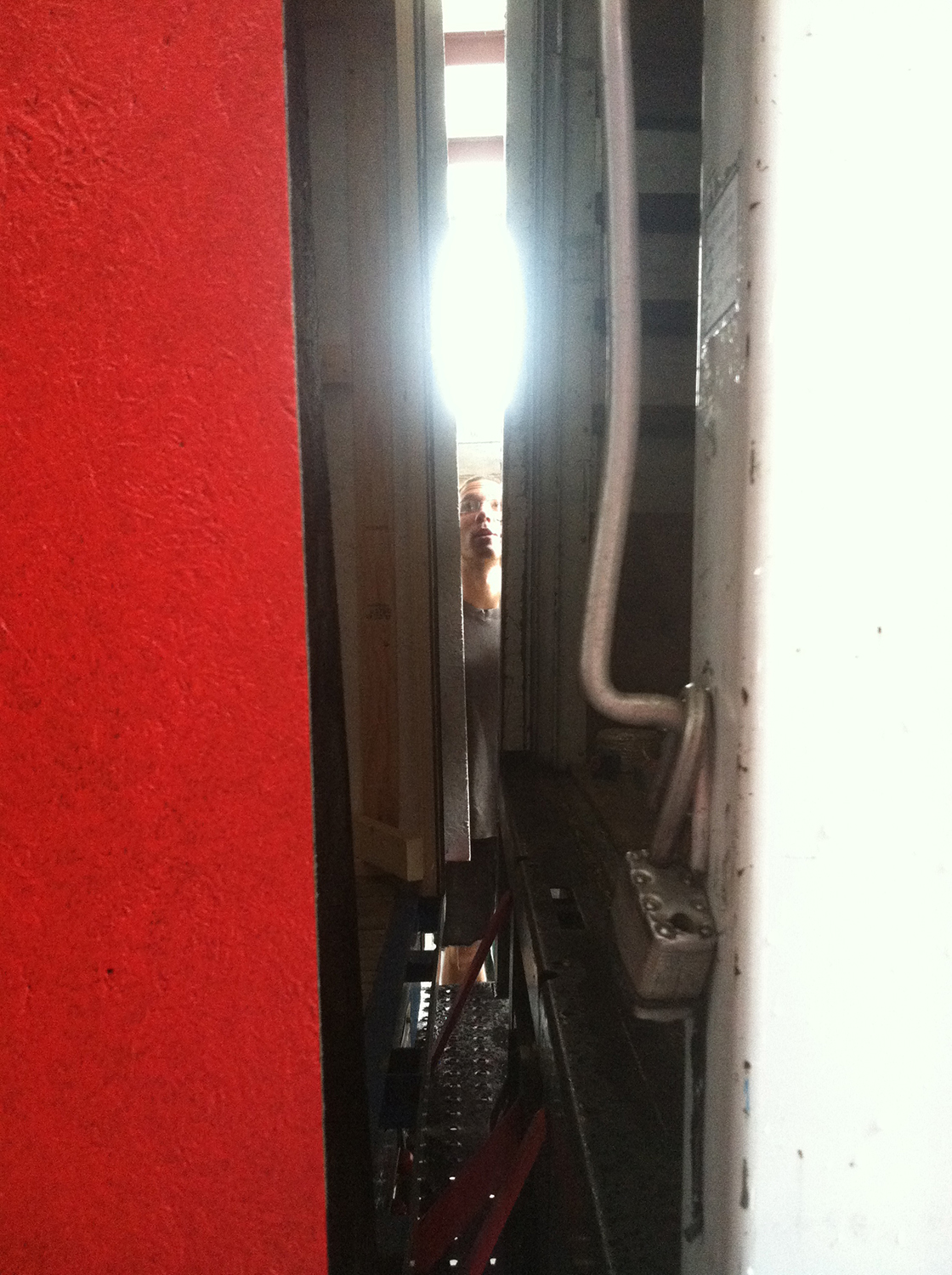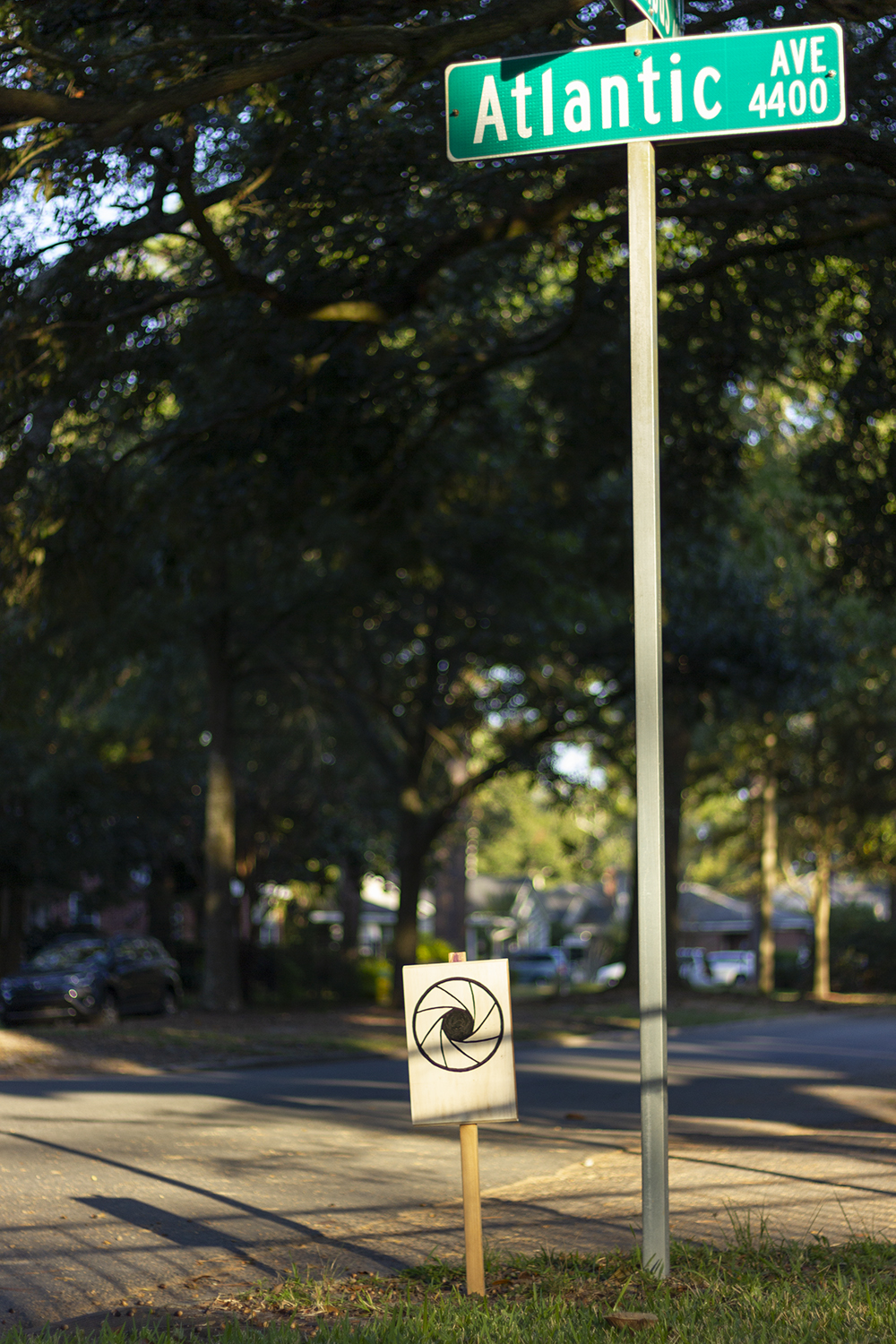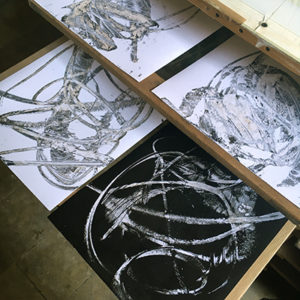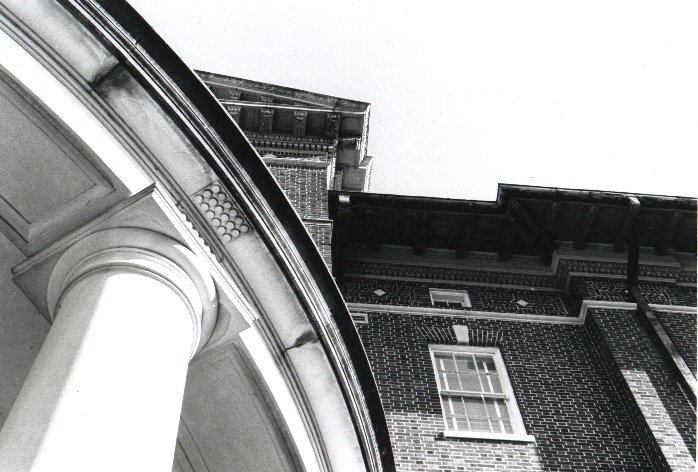
Written October 6, 2019:
“Asheville people may remember my darkroom co-director and friend, Jason Clements, who worked tirelessly with me in 2013 and 2014. It pains me so much to have to share that Jason passed away this past Friday at the age of only 27, from lung cancer. He was fighting it on and off for about two years, but I didn’t know it had returned until this morning when his sweet mother reached out to me.
When Jason emailed me for the first time to introduce himself and ask if there was any way he could be involved in the darkroom, he was just shy of 21. He assured me that he was so dedicated to photography that he even had an aperture tattooed on his hand. But Jason was an old soul, curious, thoughtful, fun, emotionally mature beyond his years, and full of innovative ideas. He was so stubbornly and hilariously analog for his age, refusing all social media and fighting to keep a flip phone going. He inspired me to make art in a time when I wasn’t sure if I was an artist anymore, and challenged me to follow through with ideas and plans that I didn’t believe could be accomplished. When he left Asheville to start new adventures, as I knew he one day would, I still cried after we said goodbye.
I remember thinking that I couldn’t wait to see who Jason would be in 20 years, what he was going to be able to accomplish in life based on what an incredible start he had. This news just seems so terribly cruel, and so hard to believe.
Here is Jason the moment the giant camera obscura he dreamed up met a stage full of artificial lights to create a performance piece that we weren’t sure was optically or practically possible. Of course he made it work anyway. Rest easy, dear friend.”
—
It’s been over a year, and I still think about Jason’s departure, and how “cruel” is still the appropriate word for losing someone so young yet so much wiser beyond his age. Of course it’s hard not to think about death all of the time now, in our country so wracked by Covid-19. A year ago, his passing seemed non-sensical, yet today, we live in an existence where the thought that “anyone could go at any time” (which has always actually been truth) permeates our daily routine in ways many of us did not absorb before. I wonder what Jason would think about this whole mess.
In October, I was invited to participate in a show called “In Situ”, based on the practice of Ancient Romans who created roadside memorials in honor of a person. I didn’t have to think too long about who my subject would be, or how to symbolize him. I am happy that the visual I painted connects to the bigger photography community that he was a part of, the community that is a source of strength for me today in these difficult times. I waited for some good golden hour light for documentation, which I think he would have appreciated.



